Your website is not merely a piece of virtual real estate; it is a testament to your brand's essence, unique value proposition, and commitment to customers. A remarkable web design, the cornerstone of an effective digital marketing strategy, is your most potent tool to engage your audience, reinforce your brand, and drive business growth.
Understanding the strategic value of web design extends beyond appreciating aesthetically pleasing visuals. Beyond its physical beauty, the crux of robust web design lies in its ability to enhance the user experience, efficiently guide visitors' actions, and ultimately convert those visits into tangible business value.
A strategically designed website operates as a bridge between your business and potential customers, facilitating seamless interaction. The user experience on your website can make or break their decision to engage with your brand. It's here that meticulous planning comes into play, shaping user-friendly interfaces that resonate with your audience, from the simple navigation bar to a highly-interactive product gallery.
Web design plays a pivotal role in showcasing your brand's identity, its unique ethos, and what sets it apart from the crowd. Customized web design enables businesses to create a digital persona, a visual narrative that aligns with their core values and appeals to their target audience. Incorporating elements of your brand identity, like logo, typography, and color scheme, harmonizes your online presence and deepens your audience's emotional connection to your brand.
Another significant facet of web design's role in digital marketing is its influence on Search Engine Optimization (SEO). A well-designed website with clean code, fast loading times, a mobile-friendly layout, and well-structured content helps improve your site's visibility on search engines, driving more organic traffic.
Ultimately, the ultimate aim of your web design should be to facilitate conversions. Guiding visitors through their journey with clearly defined calls-to-action, easy navigation, and engaging content all turn casual visitors into paying customers. A well-designed website is an investment that pays dividends in increased customer engagement, loyalty, and business growth.
At Thrive Design, we leverage two decades of expertise to design websites that meet our clients' aesthetic and functional expectations and serve as powerful tools in their digital marketing strategy. Through our comprehensive approach to web design, we ensure your website not only looks the part but performs to exceed your business objectives. After all, your success is our success, and we commit to going the extra mile to bring your vision to life in the digital landscape.
Contact us to see how we can help your business.
In today's segmented world, it seems like there are more and more companies offering one, specific service they claim will revolutionize your business. SEO, graphic design, web design, content writers are all out there ready and waiting to help you take your business to the next level.
The problem is that, at some point, you will find yourself working with three or four different businesses all trying to optimize your website.
Will they work well together? How many times will their wires get crossed? And how will your website suffer as a result?
A web design agency that practices the principles of SEO web design can eliminate all of that trouble and the hassle that comes with wrangling different vendors and agencies.
SEO web design refers to designing and developing SEO-friendly websites. This means designing your website using SEO best practices, not designing a website, and then applying SEO on top of the existing site.
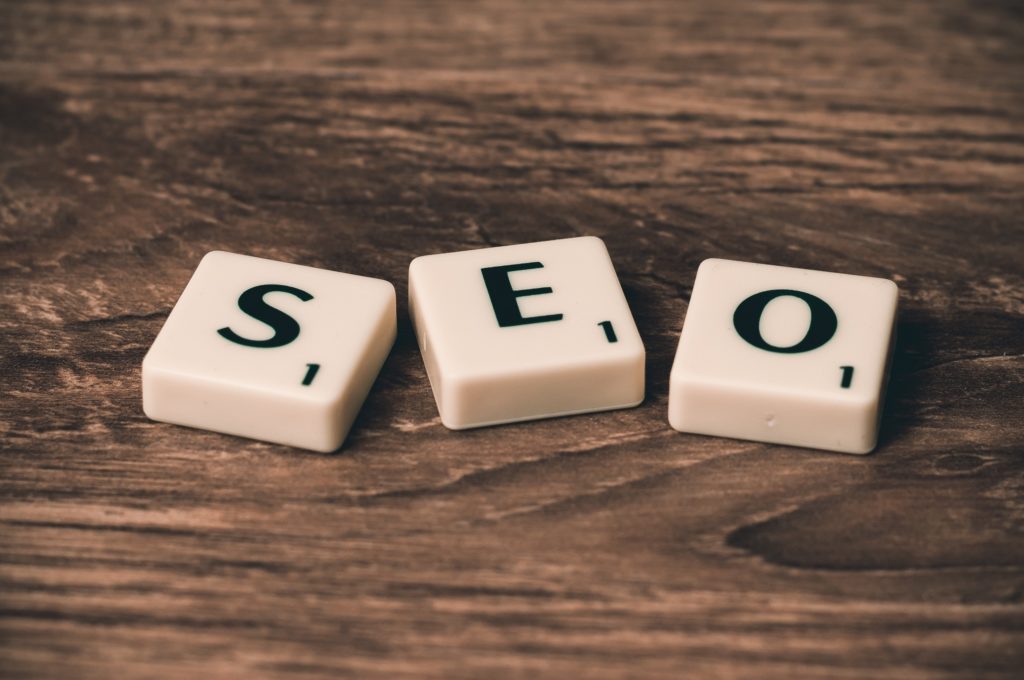
Despite what many people seem to believe, SEO and web design need to go hand in hand. You can't do one well if you are not paying attention to the other.
When your site is designed with these principles in mind, you are guaranteed to keep your customers, and search engines, happy.

Search engines, especially Google, want to keep their users happy by suggesting the best websites for their search queries. One of the ways that Google measures how happy users are with your site, also known as user engagement, is by measuring the average time spent on your page.
Good design, and good content, are vital to ensuring a positive user experience. Traditional web design firms only really concern themselves with the first part of that equation. A web designer that is also fluent in SEO principles will design your business a website that ensures an overall positive user experience, not just one that looks pretty.
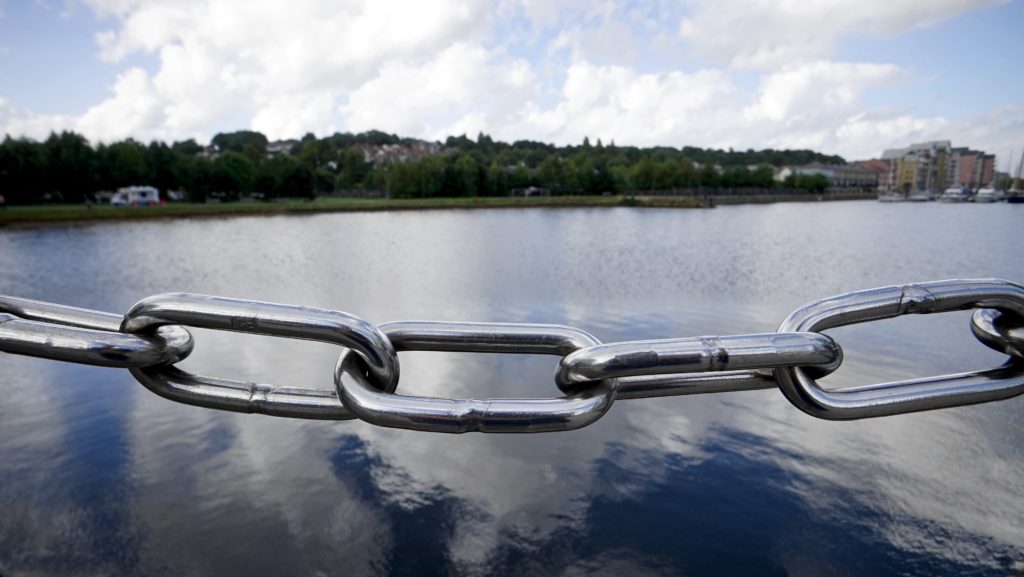
Backlinking and interlinking refer to ways that links are used to direct users to your content.
Backlinking is when links to your website and content are featured on other websites and articles. This shows search engines that people view your website as a source of credible information. A good digital marketing strategy can help increase the number of backlinks to your site.
There are several ways to increase the number of backlinks to your site. You can partner with other local businesses to have them link to your site and, in return, you link to their site. You can partner with influencers in your field. You can also do a simple search for people that are writing about your field and pitch them your content to see if they will link out to your content.
This is an SEO strategy that can take some time to build. Interlinking, however, is an SEO strategy that can be built in from day one, if you have a web designer that knows how.
Interlinking is ensuring that your website's content includes links to other parts of your website with content that users interested in that topic may find helpful.
There are a few reasons that interlinking is important in your web design.
For example, on our last blog on the importance of copywriting, we linked to our copywriting services page. That signals to search engines, and users, that these two topics are linked and helps guide visitors towards services they could be interested in.
![web design [suburb]](https://thrive.design/wp-content/uploads/2021/01/web-design.jpg)
If you currently have a content marketing plan, odds are you know the importance of encouraging social sharing. Even if you don't have a content marketing plan, you probably know how important it is to have your site shared on social media sites.
There are definitely instances where social links and shared content on social media sites have shown up before the official website in searches because those links can be more relevant to specific searches.
Web designers that know their SEO stuff know that it's important to include social sharing links prominently and consistently throughout your website in order to encourage this kind of sharing. You want to ensure that these sharing buttons are not just on your blog posts, but also on landing pages, lead magnets, and any other content that you want to be shared.

I love talking about website speed. Having a website that loads as quickly as possible is the best thing you can do to ensure your visitors have the best experience possible. A fast website is also a crucial element in SEO success.
Web design is ultimately what dictates your site's speed. Some designs just load faster than others. A design that's loaded down with unnecessary JavaScript will load slower than one that's not. Images that are optimized will load faster than those that are not.
Web designers that understand the importance of speed in SEO are more likely to make design decisions that will ensure a speedy experience for your visitors.

Navigation is another area of site design that pairs SEO and web design principles. An intuitive navigation setup is a key element to both a usable website design and SEO success.
Simply put, the easier it is to navigate your site to find the information needed, the longer a visitor will stay on your website. The longer a visitor stays on your website, the better your SEO rankings since time on site is a key ranking factor for Google and other search engines.
In 2021, we are all well aware of how interconnected things are, especially online. Web designers should be no exception to this rule. Knowledge of SEO principles and techniques applied to established web design principles and techniques can take a good website to a great website. You and your business deserve nothing less.
—
Thrive Design is a customer-centric web design and marketing agency from Seattle. Contact us today to find out how we can elevate your business online! Find us on Clutch, UpCity, LinkedIn, Facebook, and Twitter.
Really, you only need one step for a successful website project: clear communication between you and your web designer. The problem is that that is easier said than done.

Many projects have been derailed by poor communication whether in the form of muddy expectations, too many points of contact, or one of many other misunderstandings.
But never fear, Thrive is here. Through our years of experience, we’ve figured out how to guarantee great communication with end results that speak for themselves.
Now, we’re sharing that formula with you.
Never assume your web designer knows what you need your website to do. While we can sometimes work what seems like magic, we do our best work when we know what you want and need your website to do.
These requirements can be anything from specific features you want to results you want your website to bring. Whatever they are, share them with your designer. They have the knowledge and experience to know what’s possible.
They may even have some great ideas you never thought of. They can even tell you what’s feasible based on your budget.
Speaking of...

Listen. No one likes thinking about spending money. We understand that. That’s why we encourage you to think about the money allocated towards your website as an investment.
That’s because a well-made website is something that will make your business money. It can help your business grow and bring more customers to your door. The money you spend building your website is money you are investing in growing your business.
While you’re thinking about your investment and outlining your requirements, you and your web designer may come to the realization that your desires outstrip your investment. And that’s ok! You can work with your designer to move some of your requirements to a second phase of development that can be completed at a later date.
Featured Reading: 10 Best Web Design Interview Questions in 2021

How will you know if your website (re)design is a success? You set SMART goals!
Specific.
Measurable.
Achievable.
Relevant.
Time-bound.
Setting goals in this way allows you and your web designer to come up with a plan that will end with a website that can achieve them. It will also help you easily track the website’s success once it goes live.
SMART goals are also important to set for the project itself. Having specific, measurable goals throughout the build process will help you and your web designer communicate about the progress that’s being made.
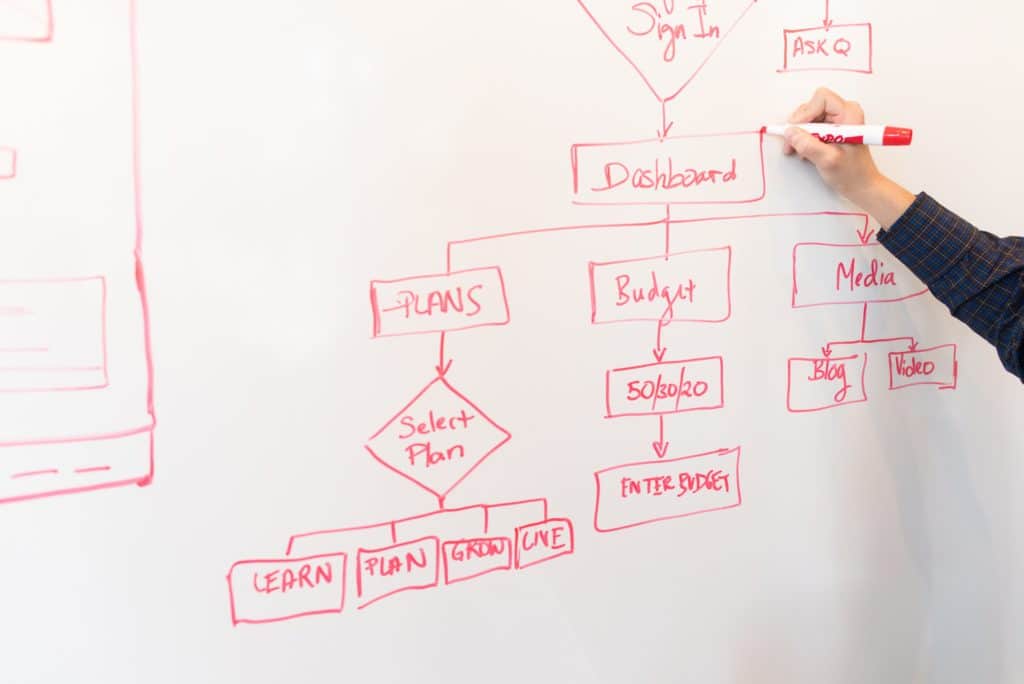
The BEST way to ensure good communication between your team and your design team is to outline HOW you will communicate before development begins. There are two things you need to cover.
Who the points of contact are. Ideally, there are only two points of contact: one person from your team and one person from the design team. That’s it. Any more and you risk people over-communicating and annoying everyone, under-communicating and missing important memos, or miscommunicating and sending mixed messages.
There will probably be more than one person on your team who will have a say in the website design process. Before the project begins, identify those people, and schedule a regular meeting where everyone can work together to respond to questions, provide feedback to drafts, and decide on requirements and priorities.
That way, your one point of contact will be able to speak with the design team with the confidence that comes with a team decision.
(On our end, one point of contact makes it MUCH easier to know who we need to reach out to with questions.)
Best ways to contact each other. Some people are best over email. Some people want a text message. Others are still very connected to the phone. We all have our communication preferences and communicating outside of those could have a negative impact.
A person may prefer email because they are away from their desk a lot and don’t often check their voicemail. Someone may prefer text messages because they get WAY too many emails and only go through them once a day. Whatever the reason is, a person’s favorite way to communicate is usually the quickest way they communicate which is great when it comes to staying on time.
We know that emergency situations pop up and a call is needed or something really needs to be documented in an email and that’s fine. People are flexible and will adapt as needed.

Ok. We know this has nothing to do with communication. But it is VERY important and we would do an article about ensuring a great website a disservice by not mentioning it.
Your website could be the most beautifully designed website in the world, lovingly made with no communication hiccups between you and your ideal design team and it still wouldn’t give you the results you want if the words on the page weren’t up to par.
Working with a skilled copywriter can take your website from good to great. Working with a skilled copywriter can help your customers identify with your product in a new way. Working with a skilled copywriter can take your ideas and make them shine.
Featured Reading: Top 10 Things Every Website Needs
There is a lot that goes into making a website great. It’s time-intensive work that requires a high degree of collaboration between a business and their chosen design agency or team. Good communication is a must if you want your website to be the best it can be. This process is a great way to lay a solid groundwork for that communication to blossom.
—
Thrive Design is a customer-centric web design and marketing agency from Seattle. Contact us today to find out how we can elevate your business online! Find us on Clutch, UpCity, LinkedIn, Facebook, and Twitter.
Category: Web design seattle
“If you build it, they will come” does not work with your website. If you don’t tend to these six areas on a regular basis, you risk losing valuable business for your company.

Two words: Responsive Design.
The average business website will get 40% - 50% of traffic from users on mobile and tablet devices. This number can be as high as 80% for some industries.
If your website isn’t designed so that it displays well no matter what device your visitors are using, you’re missing out on some business.
Two more words: Updated Design.
Trends in design aren’t limited to fashion and home goods. They apply to websites as well. A trendy element that you added to your site in 2010 may not read as well to 2020 consumers.
Just like you wouldn’t trust an interior designer whose portfolio looks like it was last updated in 1995, your customers aren’t going to appreciate a website with outdated design.
Consumers want a website experience that is easy and intuitive. If your site doesn’t provide that for them, they will look elsewhere.
There’s an easy way to check to see if your website is set up for the best user experience. If you can answer “yes” to the following four questions, you’re probably in good shape. If you can’t, you know where to start to create a better user experience.

If your website doesn’t show up on the first page of Google, does anyone care? Unlike the tree falling in the woods, people do.
When your business shows up on the first page, or ideally in the first few results, you have far more chance of someone who is searching for a business like yours, clicking through to your website.
Again, there is an easy way to check the strength of your search engine visibility: go to Google and search for the keywords associated with your business and see where you show up.
Be creative with your search terms. Add in your location and surrounding cities. Use abbreviations. All of these are opportunities for finding new clients and customers.
Related reading: SEO Seattle
Conversion optimization is the process of figuring out how many of your website visitors are taking the action you want them to at the end of their visit.
Here’s the straight-forward formula used to calculate the conversion rate of your website: Conversion Rate = [Action Number] / [Visitor Number] * 100.
If that number isn’t what you want or need it to be, there are a few, simple things that you can tweak to bring it up.

Faster websites are better websites. Slow websites result in frustrated visitors and lower search rankings. Fast websites lead to happy visitors and higher search rankings.
And how fast is fast? Your site should load in no more than two (2) seconds.
Fast websites build trust with your visitors. They keep visitors engaged with your content. They help visitors understand what you do, better.
If you’re concerned about the speed at which your website loads, there are some things you can do to up your website’s load speed.
Your website visitors are looking for a website they can trust. One that will be there when they need it. One that is secure and reliable.
For that reason, you need to be considering website security as a top issue when thinking about how to run a successful website.
Just because you run a small- to medium-sized business, doesn’t mean you’re NOT a target for hackers or other cybercriminals. Much cybercrime these days isn’t about stealing data. It is focused on using your website to send out spam emails or embed malicious elements to make another website look better.
Keeping your website updated, fresh, and secure is the best way to ensure that you are getting, and keeping, new and repeat business. These six elements are a great place to start to ensure you are doing just that.
—
Thrive Design is a customer-centric web design agency from Seattle. Contact us today to find out how we can elevate your business online! Find us on Clutch, UpCity, LinkedIn, Facebook, and Twitter.
Category: Web design seattle
In a world of 1.8 billion websites, not all of them will be winners. In fact, there are many websites that are notorious for how bad they are.
If you’re not serious about your business or enjoy notoriety, a bad website could be fun for you to maintain. Just take a look at the Space Jam website that’s still active from when the movie was released in 1996. Fans and 90’s fanatics love it for its throw-back aesthetic but it would be a terrible promo for any new movie.
If you want to get business from your website, it needs to be well designed. Let’s take a look at some of the worst of the worst out there and how we would fix them.
And now, in no particular order, we present our choices for the worst websites on the internet.
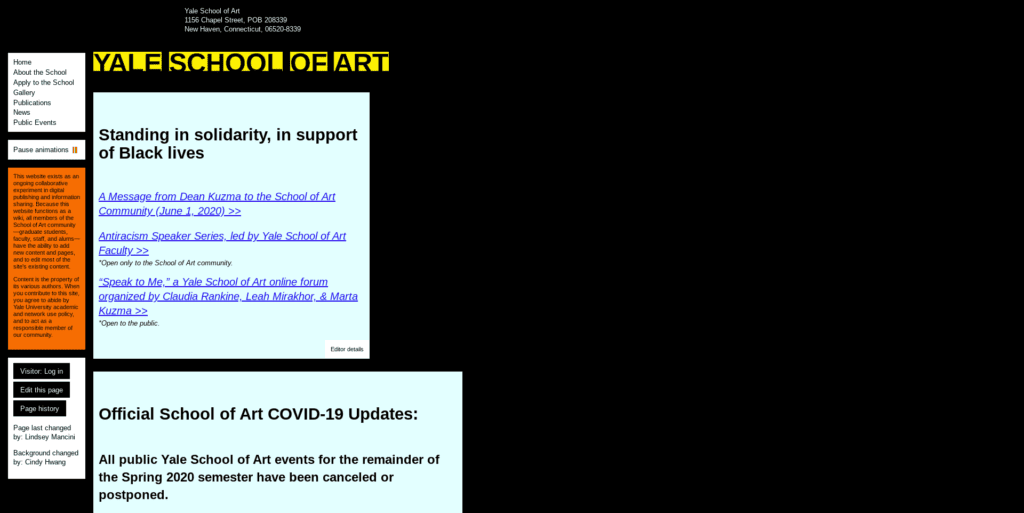
The best art school in the country should have a better website to promote the school. This website should be geared towards prospective students and parents while providing information that current students need.
Let’s break down some of the changes we would make.
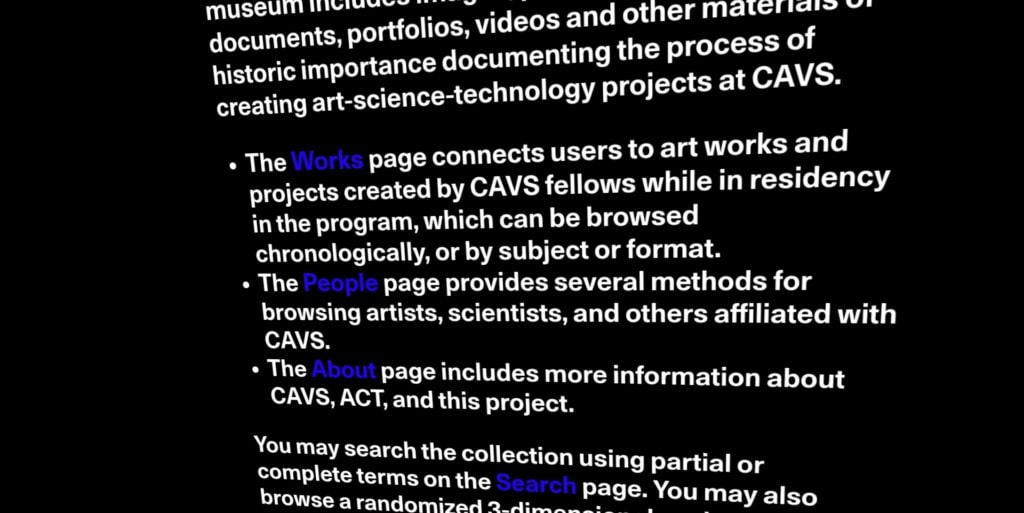
Another renowned institute of higher learning that has neglected the basics of good web design. There’s a lot that needs to be changed but let’s take a look at a few of the glaring things that need to be fixed.
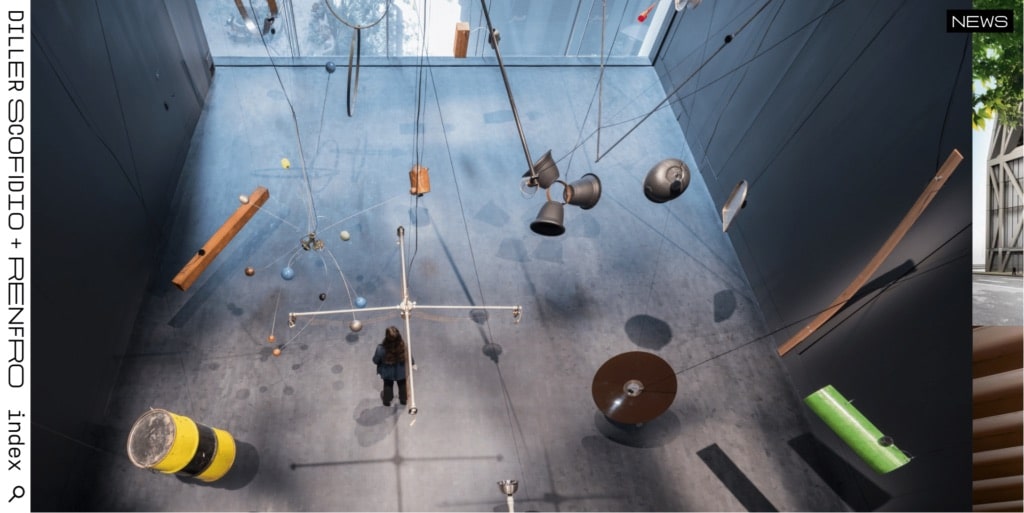
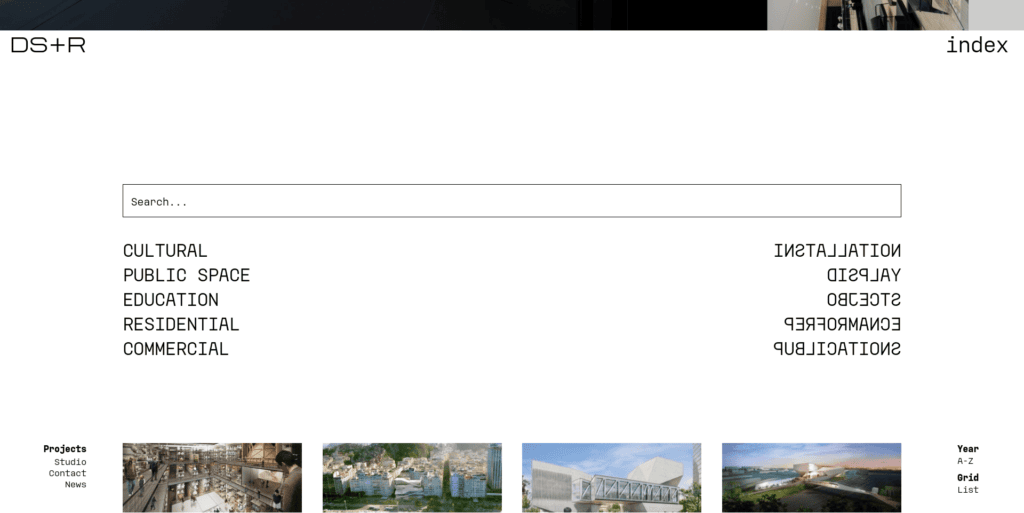
When you launch your business website, you want to make sure your visitors know what it is you’re offering them. This website...does not do that.
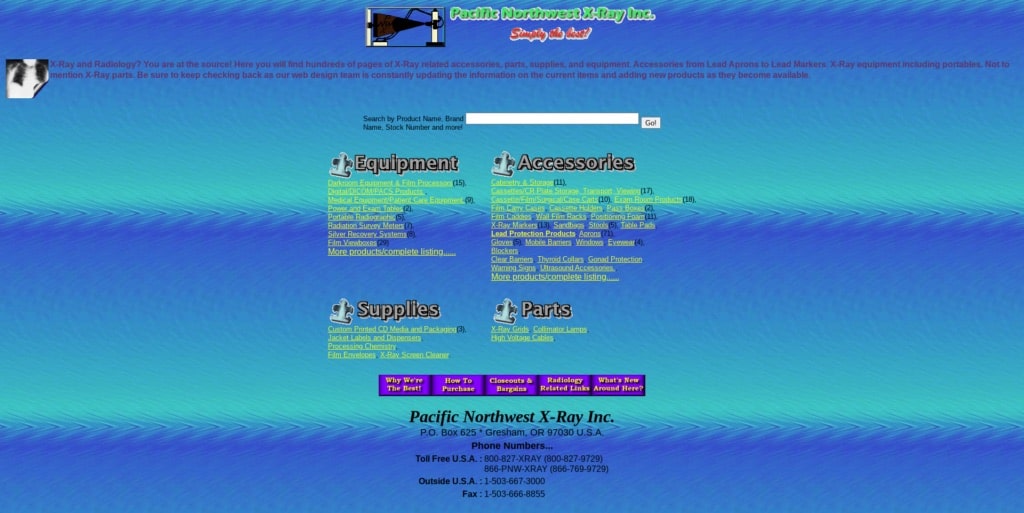
You have to really know what you need if you find yourself at Pacific Northwest X-Ray. They are a one-stop-shop for medical providers who need anything for their x-ray machines. But this website is hard to navigate for even the most knowledgeable x-ray tech. So what would we fix first?
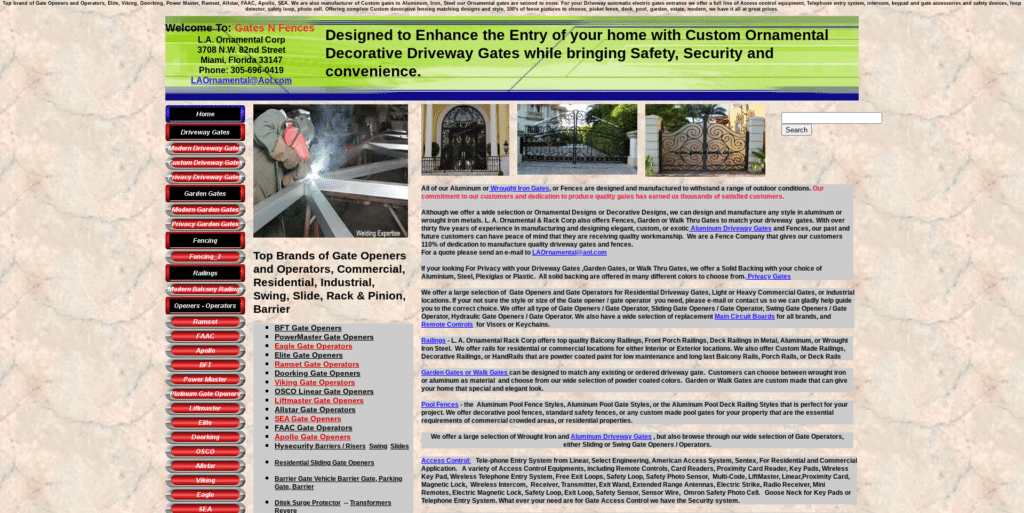
People love to use local businesses for home projects like installing gates and fences. Unfortunately for Gates n’ Fences, residents in their area are likely to look elsewhere if their first exposure to this business is their website. We would recommend the following first steps to convert website visitors into customers.
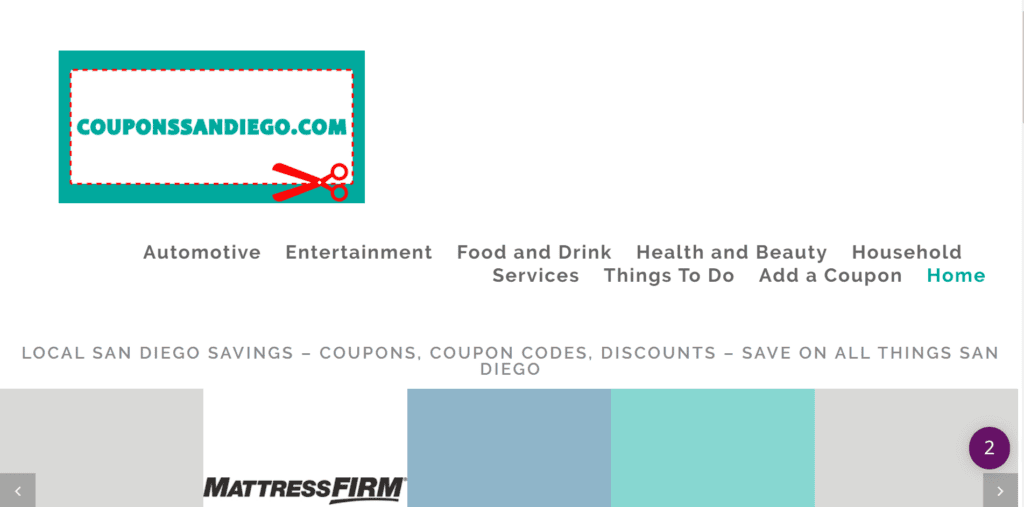
At first glance, this site isn’t terrible. Sure it looks like it was thrown up quickly and cheaply but it’s not offensive. And then you start to scroll. That’s where our list of what to fix starts.
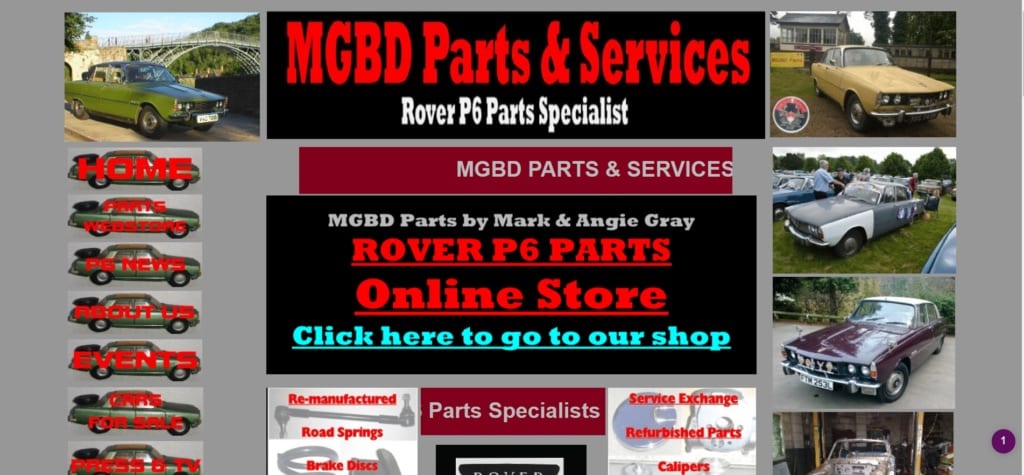
This website can be summed up in two words: Too Busy. We get that you provide car parts for Rover P6 cars. There's a way to convey that without a billion pictures of the car.
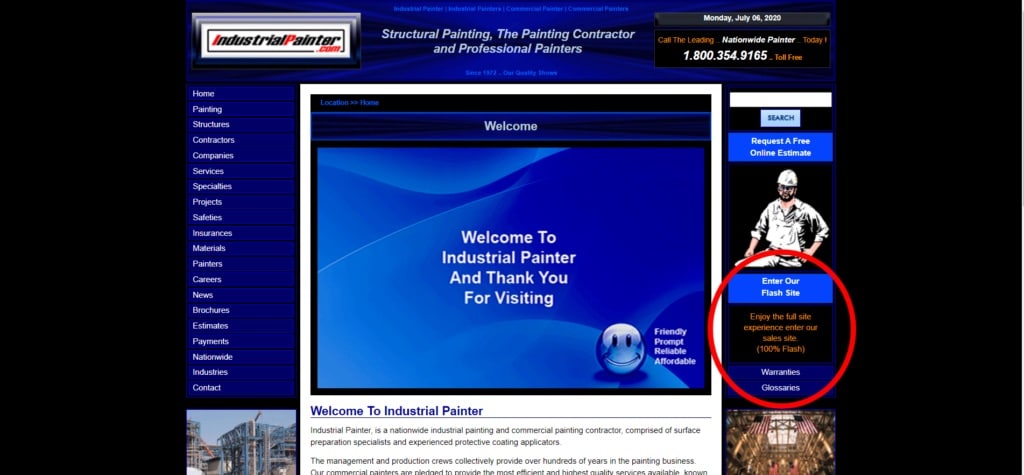
We’re just going to jump right into the bad here because it is just appalling.
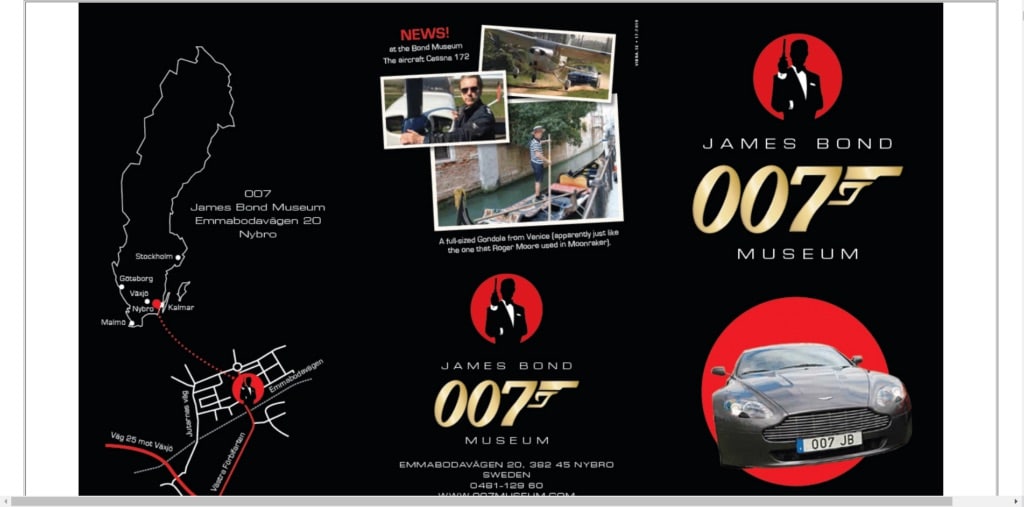
James Bond is cool. He’s debonair. He’s easy on the eyes. The website for his fan museum is none of those things.
Arngren.net is a Norweigen classifieds website. Most people are used to classified websites having at least a semblance of organization, even if the web design isn’t what we would call “attractive.” (See: Craig’s List.) Argren.net has decided to go another direction.
Want to build something beautiful? We are a Seattle website design agency taking on new clients.
Good web design can make all the difference in the world to your business. You have no more than 30 seconds to impress your website visitors before they leave your site if they don’t like what they see. Design plays a big part in that decision. Let us help you impress your website visitors with the design of your page so they stick around to be impressed by your business.
—
Your website is a crucial tool for your business. You want to build the best-looking, easiest to navigate website possible in order to attract users and keep them engaged. WordPress websites are our favorite tool to build websites because it’s so easy to customize and update.
Our clients who have never gone through a redesign process often have lots of questions about this process. The one we hear the most often is “How long will this take?”

The answer to this question really depends on you and what kind of website you want. The process can be as quick as a few days or as long as a few months. It depends on how much content you want to launch with, what kind of design you are going for, and any other extras that you plan to include in your site.
Let’s go over the basic steps for building your WordPress site.
This stage generally takes a few weeks and many clients come to us with a good headstart on this part. You’ll want to do some research on websites that are in similar industries to yours. Brainstorm what you want to accomplish with your website and what kind and how much content you’d like to have on the website. (We like to work together with our clients on this but, if you want to hire a designer, it is also a good idea to do some of this thinking on your own.)
This is a quick and easy process but absolutely necessary if you want to attempt to build your site yourself. Simply go to WordPress.org, enter your information, create an account and boom, you are signed up.

This is another step that should be relatively quick. Chances are, during the research process you will choose a URL for your website. Now it’s time to tie that name and the website itself to a domain. Keep in mind you don’t want your website name to be too long, hard to spell, or too similar to something else. You want to choose something your customers will remember and will be easy to find.
See Related: The 6 Best CSS Frameworks for 2020
WordPress allows you to choose from thousands of themes. We recommend choosing one that is easy to navigate and mirrors the aesthetic of your brand. It’s also important to choose a theme that is mobile-friendly and one that has great reviews from previous customers. If you choose to work with Thrive, we will build you a custom website that doesn’t look like any others. This is much harder to achieve with an out-of-the-box theme.
Develop the essential pages that you plan to launch the website with. At the very least, you’ll need an about section, a contact page, and a few pages of compelling content to keep users engaged. This step will likely take the most time because you want to create quality content and pages.
Now it’s time to create your homepage, add a navigation menu, add compelling text, and add the ability for users to leave comments. Comments are a great way to engage with users and monitor customer sentiment but they are not appropriate for every kind of website. So, it’s up to you whether to turn comments on or off.
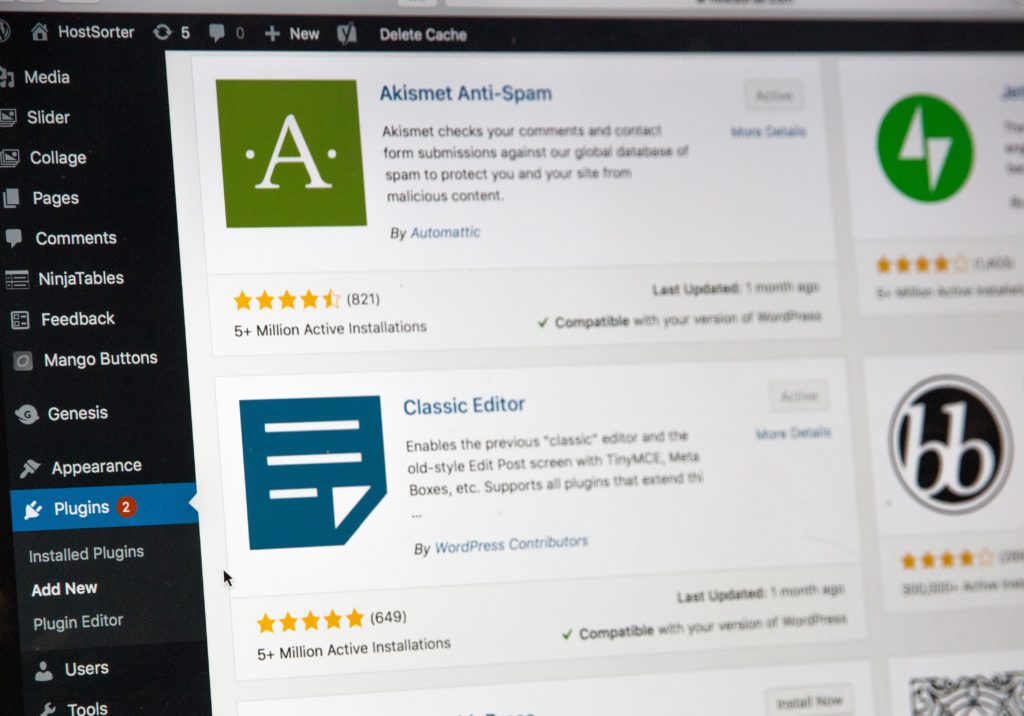
This is another step that will be pretty time-consuming. There are a lot of plug-ins available via WordPress, so choose wisely. Plug-ins range from adding an FAQ section, visitor trackers, contact forms, pop-up blockers, and anti-spam features. At Thrive, we can take care of all of this for you based on our initial conversation about your dream website. It’s easy to get overwhelmed with all the choices. That makes it doubly important to stick to your initial plan.
Bonus: How to Add a New Website to Google Analytics
There are also plug-ins available that will help you monetize your website. They can help you create an e-shop, add in a membership feature, among other features that will help you make money through your website.
Now that the majority of the legwork is done, it’s time to test the website out. First, test the website from a user’s perspective. Then have a second and third set of eyes check the website out.
After testing the website out, make the appropriate changes. Fix typos, pages that don’t load, pages that load slowly, and broken links.
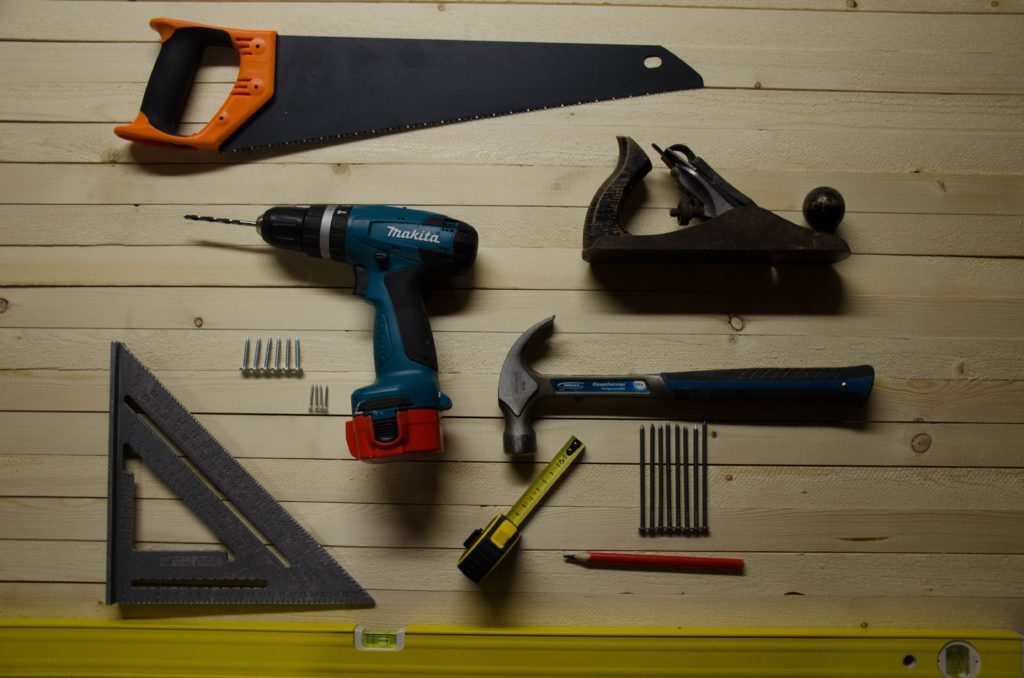
Once your website is up and running, your work is not done. You will need to constantly tweak and update your site to keep it secure and running smoothly. Our Thrive care plans take care of all of this for you, so you just have to keep your content updated to keep your users happy.
A WordPress website may take a while to set up, but the benefits are worth the work. WordPress allows you to create and scale a website that meets your needs and the needs of your visitors. There’s a reason most of the websites on the internet are built with WordPress. If you need a partner in creating your new WordPress site, give us a call. We’re your Seattle-area WordPress experts.
Keep Reading: How to Add a New Website to Google Analytics
—
Thrive Design is a customer-centric web design and development company from Seattle. Contact us today to find out how we can elevate your business online! Find us on Clutch, UpCity, LinkedIn, Facebook, and Twitter.
Category: Web design seattle
There are lots of different terms you’ll hear throughout the web design process. Some you’ll be familiar with, some you may not. One term that creates a lot of confusion is “wireframe.” It’s not quite a sitemap, not quite a design mockup. So what, exactly, is a wireframe? Let our web designers explain.
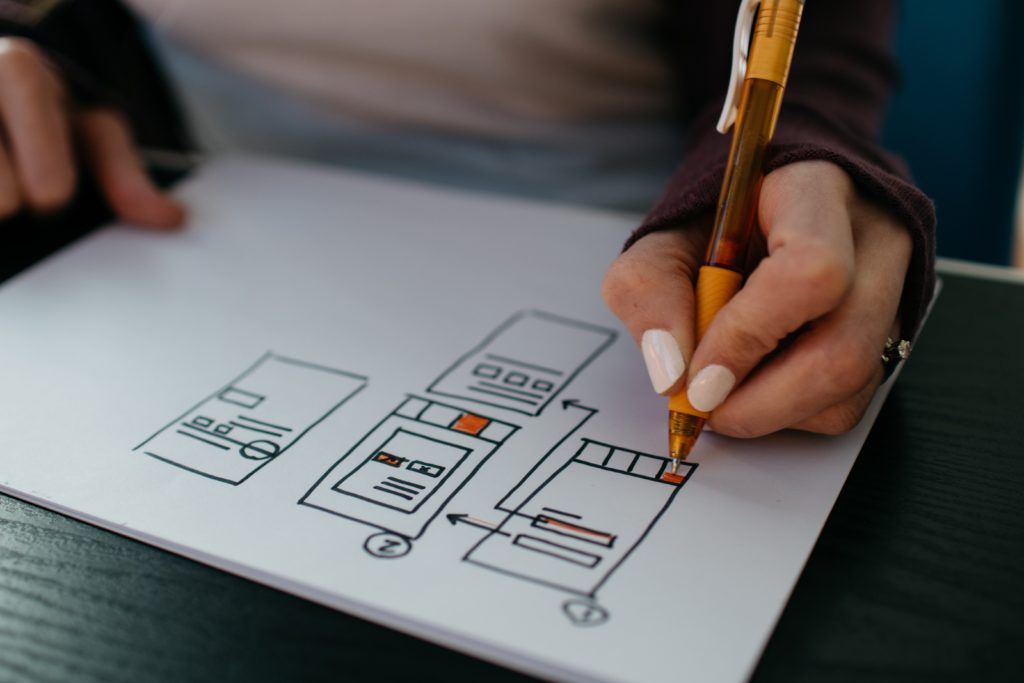
In the simplest of terms, a wireframe is a step between finalizing your sitemap and starting the actual design of your site. It’s essentially your site’s blueprint. With more detail than a sitemap but less detail than the design mock-up, the wireframe allows you and your web designer to take an in-depth look at the functionality your site will have and the content that your site will need.
So what do wireframes have that sitemaps don’t? Wireframes help you and your web designer outline:

Many web designers believe that wireframes are a crucial part of the web design process. There are a few main reasons for this:

Wireframes were great five years ago. Mobile devices were less ubiquitous and there was a smaller variety of them. Ten years ago, a wireframe was helpful to layout a project from start to finish.
But this is not five years ago.
Today, we are asking more and more of websites and it’s just not feasible to capture everything a website needs to do and be in one, bare-bones document. No one wants to review the 20-page wireframe that captures a website’s responsiveness and how it will display on, say, an Android phone, an iPad, and a SurfacePro laptop. And that’s just three devices!
Wireframes hamstring designers. Something that makes sense on paper and in little gray boxes may not actually function or even look like you want it to in a live environment. But if there is an approved wireframe, a designer cannot exercise their best judgment and make the change.
Now, do not be confused. By eschewing wireframes, we are not suggesting a fly-by-the-seat-of-your-pants design process. We pride ourselves on how closely we work with our clients to develop beautiful, responsive websites that meet all of their needs. But we just use a different process.
We think the future of web design is designing in the browser. This process asks a little more of the designer. It asks them to be proficient with website coding as well as design. By being proficient with website code, the designer can create and tweak websites in their DNA, the code, and preview the results live in a browser. This allows you to see the effect of each font change, each image change, each feature size change instantly and across all screen sizes.
A wireframe cannot do that. A website mockup cannot do that. Our design in the browser process can.
Wireframes are dead. A design process that uses wireframes is outdated and could lock you into a design that doesn’t function the way you need. A website design process needs to be as streamlined and innovative as the websites you want to launch. And that’s where designing in the browser comes in.
—
Thrive Design is a customer-centric web design agency from Seattle. Contact us today to find out how we can elevate your business online! Find us on Clutch, UpCity, LinkedIn, Facebook, and Twitter.
Category: Web design seattle
Competition research is the practice of discovering and documenting companies that providing the same services as you. It is an essential step in designing the most effective website for your business. Competition research can also be an important component of Local SEO.
Depends on how much time you have on your hands versus money.
Competition research is usually done by professionals who are much more efficient than you can be and more thorough as well. You also want a third party who isn’t biased and won’t be “found out” by the competition.
Competition research done right isn’t unethical, but there are some grey areas that are best left to the professionals.
I always suggest hiring someone for competition research. Your time is best building your business and providing the service not doing research.
Looking at the questions above do you see what your company is missing? Do you see opportunities for expanding the information you provide on your website? Is your pricing and offer showcased powerfully online?
Competition isn't just about snooping... it is to improve your company and offer. If you'd like help with some competition research our team can help.
—
Thrive Design is a customer-centric web design and marketing agency from Seattle. Contact us today to find out how we can elevate your business online! Find us on Clutch, UpCity, LinkedIn, Facebook, and Twitter.
The truth is nobody's end goal is to have a website. They want something else whether it's more customers, to raise their prices, add a new offering, or any other business goal. They know that a new website can help accomplish that goal.
This process is designed to help us find out everything we need to know about your business so we can build a website that will work for you. This includes:
We pride ourselves on robust proposals that include all the information you need to know in order to make an informed decision.
Give us a call, drop us an email, send us a carrier pigeon, or attempt some smoke signals to let us know you need our help. We'd love to hear more about your project.
To learn more about what makes a website successful, read our guide.
—
Thrive Design is a customer-centric web design and development agency from Seattle. Contact us today to find out how we can elevate your business online! Find us on Clutch, UpCity, LinkedIn, Facebook, and Twitter.